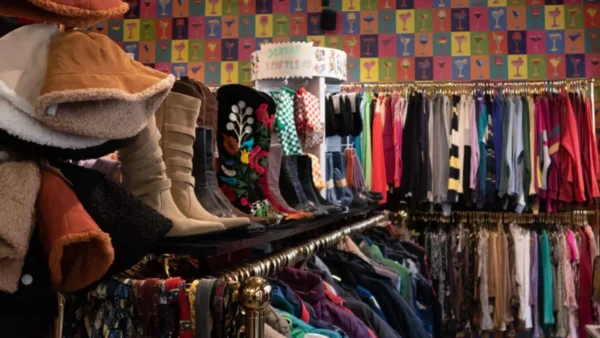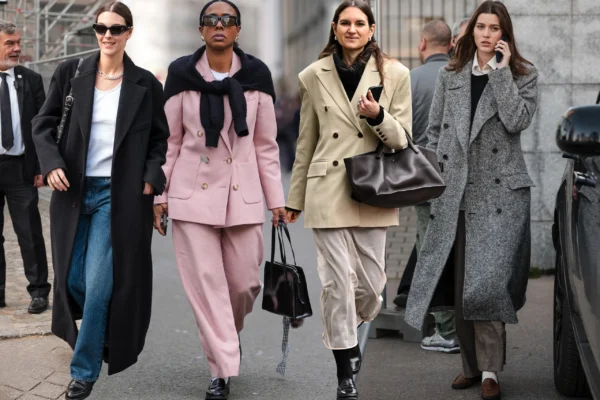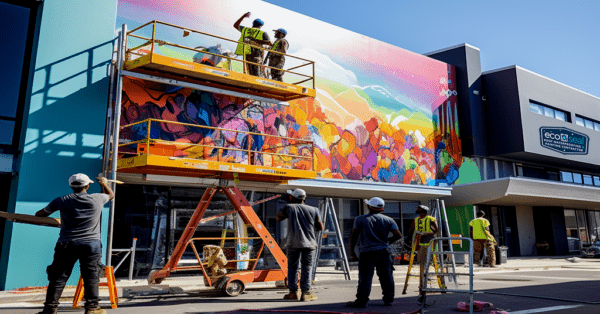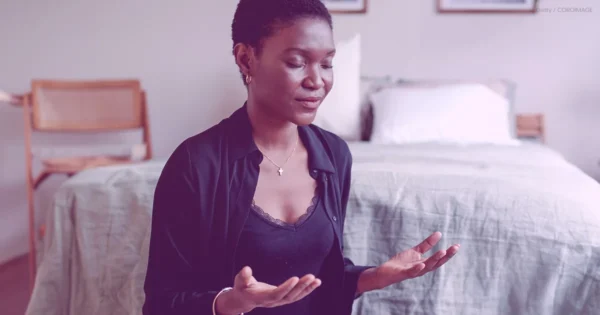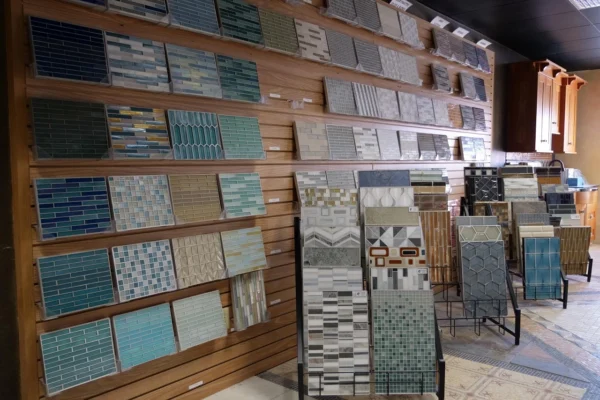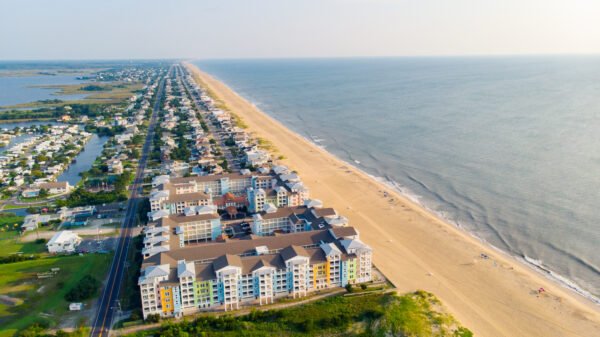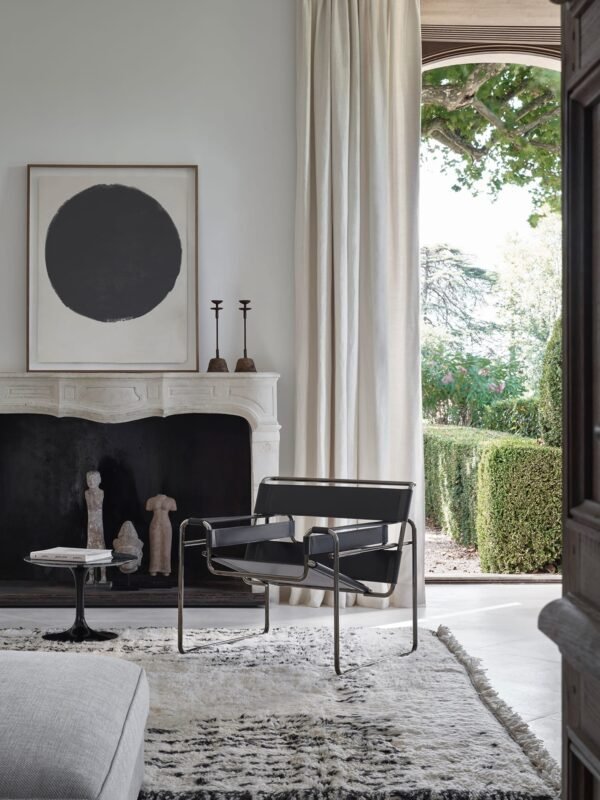
Galleries, Graffiti and Gentrification
Exploring the relationship between art and urban development

In an age when concert venues and DIY spaces are being shut down, it’s a strange paradox that people are unhappy with new art galleries springing up in major cities. However, thanks to the allure of cheap rent in formerly-residential areas of New York and Los Angeles, that is exactly what is happening. This is down to “artwashing”, a process which Artspace explains as follows: “When developers see a neighbourhood flourishing with art galleries and bougie cafes, they see a potential for exorbitant profit.”
The biggest issue with artwashing is that the existing communities have almost always survived fine before gentrification sets in. Arts website Hyperallergic described the problem as follows: “We are in a moment where the connection between art, real estate, and the displacement of longtime residents is undeniable.” But how much responsibility should the artists themselves take, and just how is real estate exploiting the art world?
The artists themselves aren’t at fault

Turner Prize nominee Ian Davenport has lived and worked in Peckham, South East London since he graduated from the nearby Goldsmiths College Of Art in the late eighties. Goldsmiths students are one of the bigger demographics of residents in Peckham, along with nearly double the percentage of people of colour compared with the rest of London. It stands to reason, then, that a large population of people in the visual arts will lead to the opening of local galleries to exhibit their work; however, since the glory days of the YBAs, that has led to a near unsustainable boom.
Five years ago, The Independent reported on a single street in the area as “artists’ central”, citing six major artists, including Davenport, who have studios on Bellenden Road. Beyond simply exhibiting their work in local galleries, artists such as Antony Gormley are decorating the area’s bollards, erecting street art or selling work to the “bougie cafes” which have popped up over the past few years. The piece notes that, “a £260 million facelift” from two private local bodies has given the area “a new lease of life”, though this is arguably a case of the area being artwashed into submission.
What the Independent did not note is that house prices in Peckham have gone up by 400% since the turn of the century; now, as the Financial Times points out, “even recent arrivals are struggling” to afford to live in the area, to say nothing of those who have lived and worked in Peckham for decades. Whilst it has been a local landmark since 1891, Goldsmiths’ ability to churn out artists who then continue to live locally thanks to once-cheap rent and studio space may no longer be tenable.
Blame it on real estate
Whilst street art was formerly a very clear signpost that an area was in some stage of the gentrification process, our collective desensitization to the way our cities change has reduced its power in recent years. Artsy recently noted that “artists as a group are…no longer the ‘pioneers’ that signal to other, richer people that a neighbourhood is now okay to move into.”
Of course, artists can themselves take action; one early example was New York’s Political Art Documentation/Distribution collective who, in the early eighties, mounted shows “which highlighted the transformation of the Lower East Side by displaying critical art on the walls of buildings set to be gentrified”. Paradoxically, this righteously-minded display also acted as a public gallery in and of itself, and actually undermining their point by “advancing the neighbourhood’s artworldliness”.
Since then, there have been dozens of art collectives around the world who are openly seeking to make the case against gentrification. And while cities like London and New York are cursed with a “turbo-charged real-estate market”, art is in itself being used to fight back, such as the graffiti being used by the Save Brixton Arches campaign. As one of its organisers noted, as an art form, graffiti “is the opposite of gentrification. It wasn’t designed to be loved by the many or sold to the rich”.
Indeed, similar campaigns in other areas of the city are calling upon the artists to help spray messages and designs to boost their visibility against local council overlords. This shows that the art world can find ways to keep itself alive in the face of encroaching gentrification which, through no fault of its own, it is partly responsible for.








